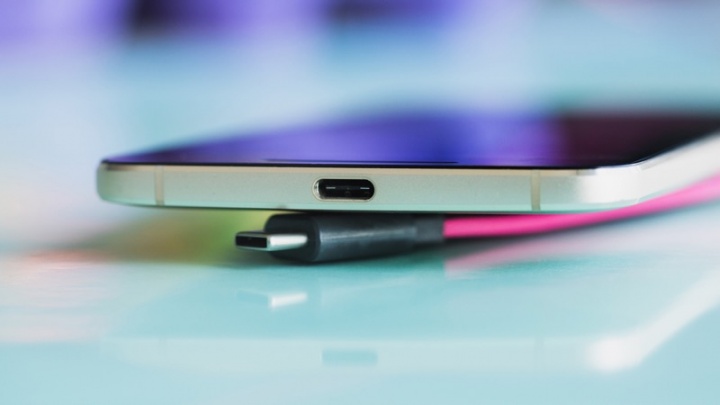The topic of having a universal charger (for all types of smartphones) is not entirely new. The idea seems to please users, however, there are brands, such as Apple, that do not “like” this path of standardization.
In September, the European Commission will present a proposal for a global charger. What will the interface be?
The idea seems to please users, however, there are brands, such as Apple, that do not "like" this path of standardization. As we have mentioned in other articles, the goal is to have standardized chargers that work in all smartphones as well as in other systems. Environmental issues are the basis of a potential decision. According to the data, annually there will be 50 thousand tons of unused chargers (technological waste).
Remember that in 2009, the European Commission lobbied and managed to popularize microUSB in millions of devices, forcing Apple to include a microUSB adapter. A few years later, in the middle of 2014, they tried again to claim the benefits to consumers, industry and the environment, however, everything remained the same.
Universal charger: USB-C interface can be the chosen standard
USB-C is a standard that has been increasingly used by manufacturers of technological devices. As is normal in this area, protocol updates occur whenever possible, and the scenario is no different with USB Type C. In addition to all the advantages, this standard has recently been updated and will allow charging at 240W.
Now, if the European Commission's proposal is approved, all smartphone manufacturers will have to include this connector in their new devices.
According to a 2019 study commissioned by the European Commission, microUSB was still the most widely used connector. The USB-C connector came in second, and Apple's Lightning came in third.
Read also...

“Coffee trailblazer. Social media ninja. Unapologetic web guru. Friendly music fan. Alcohol fanatic.”



